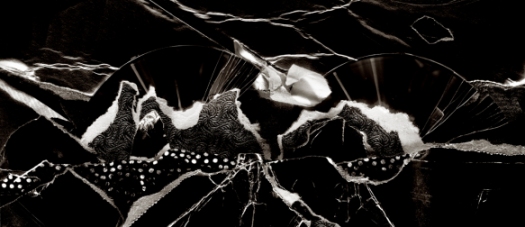“The opposite of talking isn’t listening. The opposite of talking is waiting.”
― Fran Lebowitz
Joshua Wolf Shenk has a new book out ‘The Powers of Two‘ that examines what he considers to be the myth of the lone genius and the power of creative partnerships. His interview with Jonathon Fields is a good overview of the themes in the book.
The role that partners play in the creation of work is something that I’ve been exploring more deeply in the last few weeks. Whether those partners are members of an artist’s group or part of an acknowledged partnership, such as the example of Lennon and McCartney that Schenk uses in his book, doesn’t seem to matter. What does matter is the presence of that dynamic. Where you are pushing and being pushed to test the limits and explore new ground. Shenk argues convincingly that even periods in your life where you have experienced this dynamic can profoundly impact you and your work. Indeed, it sounds as though even when Lennon and McCartney weren’t working with one another they were such a clear voice in the others head that it was if they were in the room.
In listening to the description of Lennon and McCartney I was struck by how the interaction was perhaps a little like the interaction that actors and comedians have when they are improvising. They try to leave the door open for others in the group to continue, avoiding ‘No’ or ‘Okay, but …’ in favor of ‘Yes, and …’, generally ending up somewhere that none of the group had imagined. I think that’s what we’re hoping for with our work to end up in a place that we hadn’t expected and wouldn’t have been able to get to alone.
That Lennon and McCartney continued to respond and react to each others creative works in public through production of new material should be no surprise. While the public interaction of Lennon and McCartney during this period leaves something to be desired I believe there is a place to respond to work that is out in the world.
We do not exist in isolation but belong to the larger world, as we put images out into that world it is useful to understand or at least recognise that we are joining in the conversation, adding to the mosaic that is already existing.
Engage in the game of ‘Yes, and…’ and see where that takes you.


 I’ve been looking at work by Aaron Siskind over the last few weeks and as part of that reading came across
I’ve been looking at work by Aaron Siskind over the last few weeks and as part of that reading came across